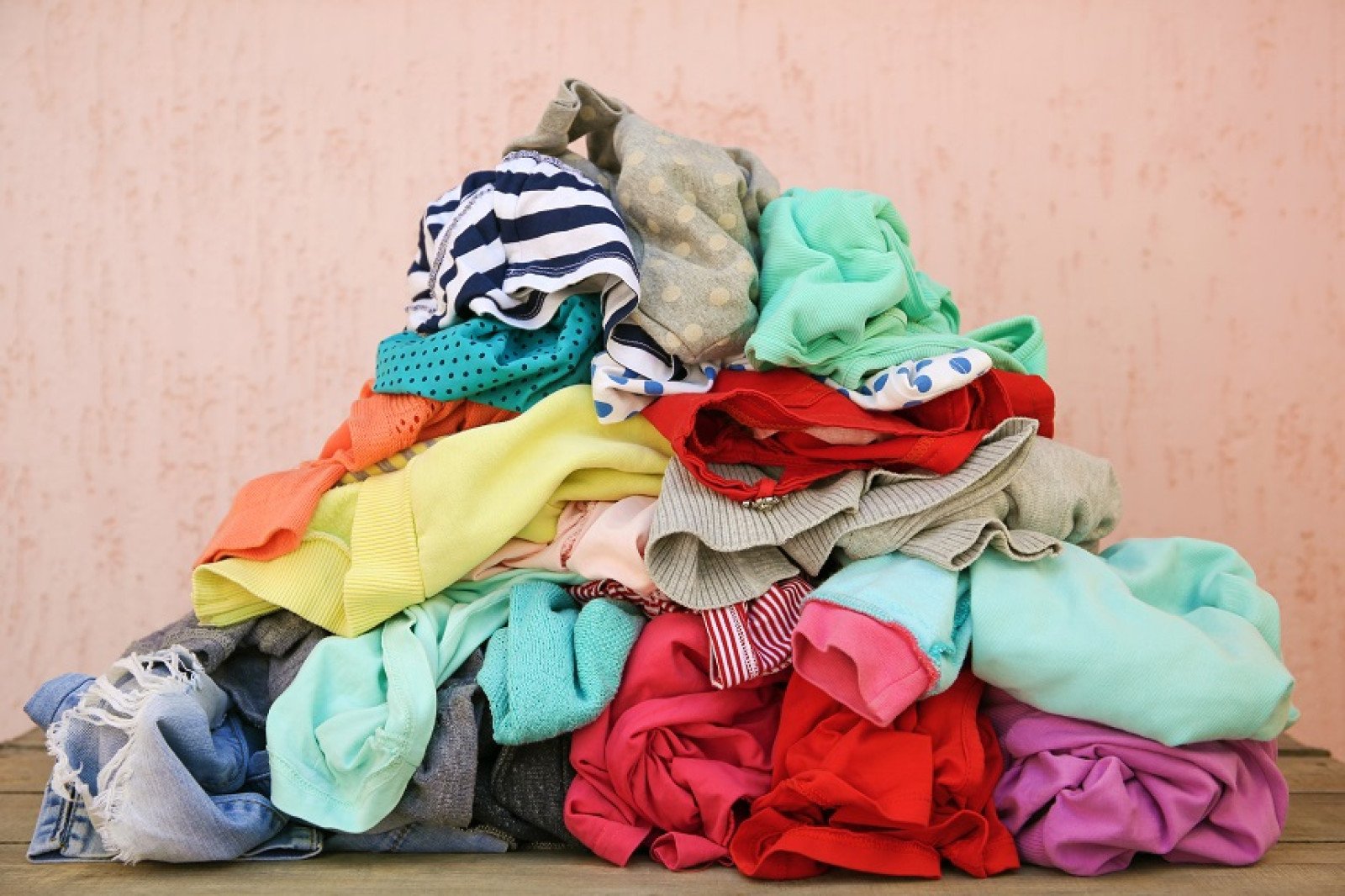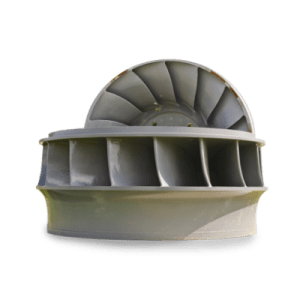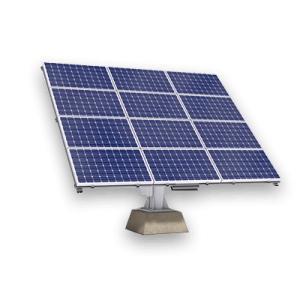Sustainable energy transformations
Decide which energy transformations needed to produce everyday items are the most environmentally sustainable.

Overview
Energy transformations are involved in the lifespan of everyday items. After initially rating the energy transformations involved in the lifespan of a T-shirt, students analyze the environmental sustainability of the energy transformations of a selected product.
Instructions
What you'll need
- "Ranking the sustainability of energy transformations" worksheet, one copy per group
- Begin the activity by briefly reviewing the stages in the lifespan of a T-shirt. Encourage your students to suggest activities and the related energy transformations that would be found at each stage. Suggestions for energy transformations in the lifespan of the T-shirt are found in the teaching notes.
- Invite your students to make a decision: Of all the energy transformations in the lifespan of a T-shirt, which are the most environmentally sustainable? Which are the least environmentally sustainable?
- Encourage students to share their decisions with the class. As they share, use their thinking to present or co-develop the criteria for judging the sustainability of an energy transformation. The criteria could include:
- Amount of waste and/or pollution produced: a sustainable energy transformation would produce minimal waste or pollution
- Amount of environmental damage and/or natural resource depletion:
a sustainable energy transformation would create minimal environmental damage and/or natural resource depletion
- Organize your students into small groups and provide each group with a copy of the "Ranking the sustainability of energy transformations" worksheet. Briefly explain that their task is to select a product and decide which of the energy transformations in its lifespan are the most environmentally sustainable.
- Guide students in using the same steps that were used in thinking about the T-shirt to examine the sustainability of the energy transformations in the lifespan of their selected or assigned product.
- Invite groups to revisit their initial decision: Using what you know now, would you change anything about your initial ranking and/or rationale? Would you keep anything the same? Why or why not?
- Conclude the activity by inviting students to suggest how understanding the sustainability of energy transformations could help them make more environmentally friendly choices.
Modify or extend this activity
Modifications
- For ELL students, use word walls or vocabulary sheets to help develop understanding of the science terms used in the activity.
- Incorporating a variety of learning styles within the activity (e.g., auditory through the discussion that happens, visual through the images displayed, reading/writing through recording their thoughts on paper, kinesthetic through hands-on activities).
Extension
- Have students complete the same activity with another item (e.g. their cell phone)
Curriculum Fit
Science 10
Big idea
- Energy is conserved, and its transformation can affect living things and the environment
Content
- Transformation of energy
- Law of conservation of energy
- Potential and kinetic energy
- Local and global impacts of energy transformations from technologies
Curriculum competencies
Questioning and predicting
- Demonstrate a sustained intellectual curiosity about a scientific topic or problem of personal interest
Processing and analyzing data and information
- Experience and interpret the local environment
- Use knowledge of scientific concepts to draw conclusions that are consistent with evidence
Evaluating
- Demonstrate an awareness of assumptions, question information given, and identify bias in their own work and secondary sources
Assessments
Assess students’ abilities to:
- Work within a small team and collaborate with other students
- Use criteria to make and support scientific decisions
Teaching Notes
The energy transformations involved in the lifespan of a T-shirt could include:
Stage 1: Collection of resources
- Machinery plowing a field of cotton (energy transformation: chemical → mechanical).
- The cotton being loaded onto a truck and being transported to the factory that makes the T-shirts (energy transformation: chemical → mechanical).
Stage 2: Production of product
- Image of a factory with machinery running and people creating the T-shirt (energy transformation: electrical → mechanical and/or heat).
Stage 3: Transportation
- The product (T-shirt) being loaded onto a truck and transported to the airport (energy transformation: chemical → mechanical).
- A plane transporting the product (T-shirt) to the country in which it will be sold (energy transformation: chemical → mechanical).
Stage 4: Selling/day-to-day use
- The product (T-shirt) sitting in a store that is powered by electricity (energy transformation: chemical and/or wind and/or solar → electrical).
- The T-shirt in the washer and in the dryer (energy transformation: electrical → mechanical and/or heat).
- A sewing machine fixing the T-shirt when it is torn (energy transformation: electrical → mechanical and/or heat).
Stage 4: Disposal
- The T-shirt being recycled and/or sitting in a landfill (energy transformation: electrical → mechanical).








